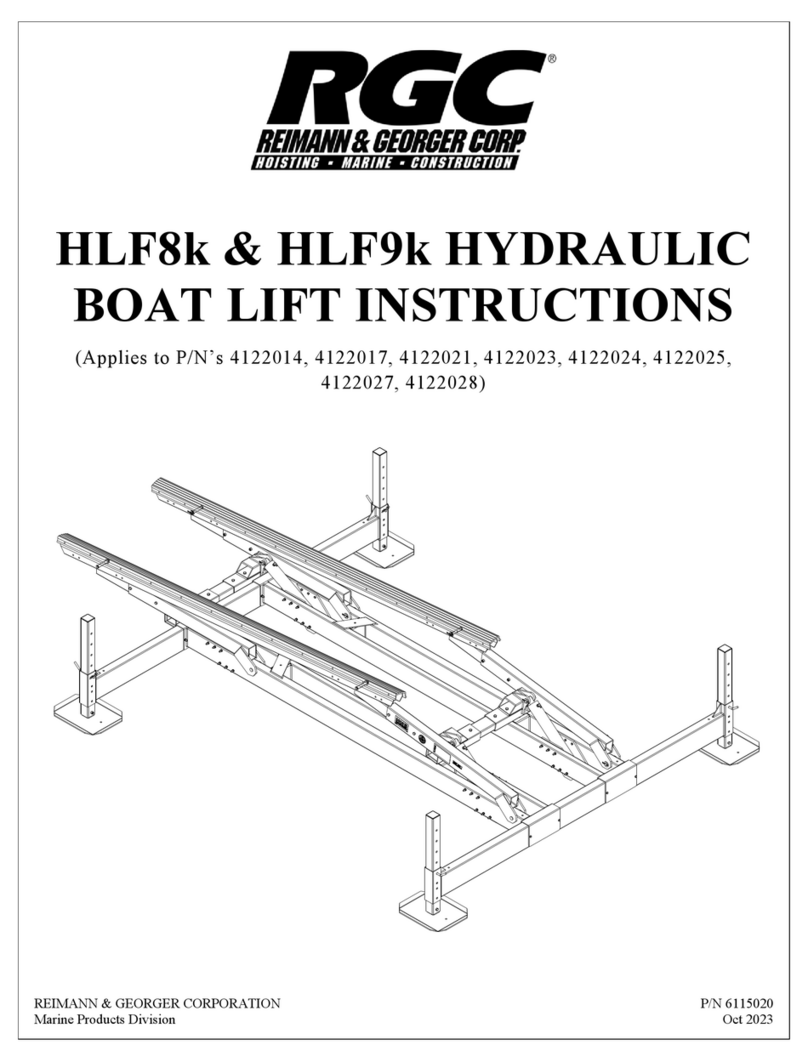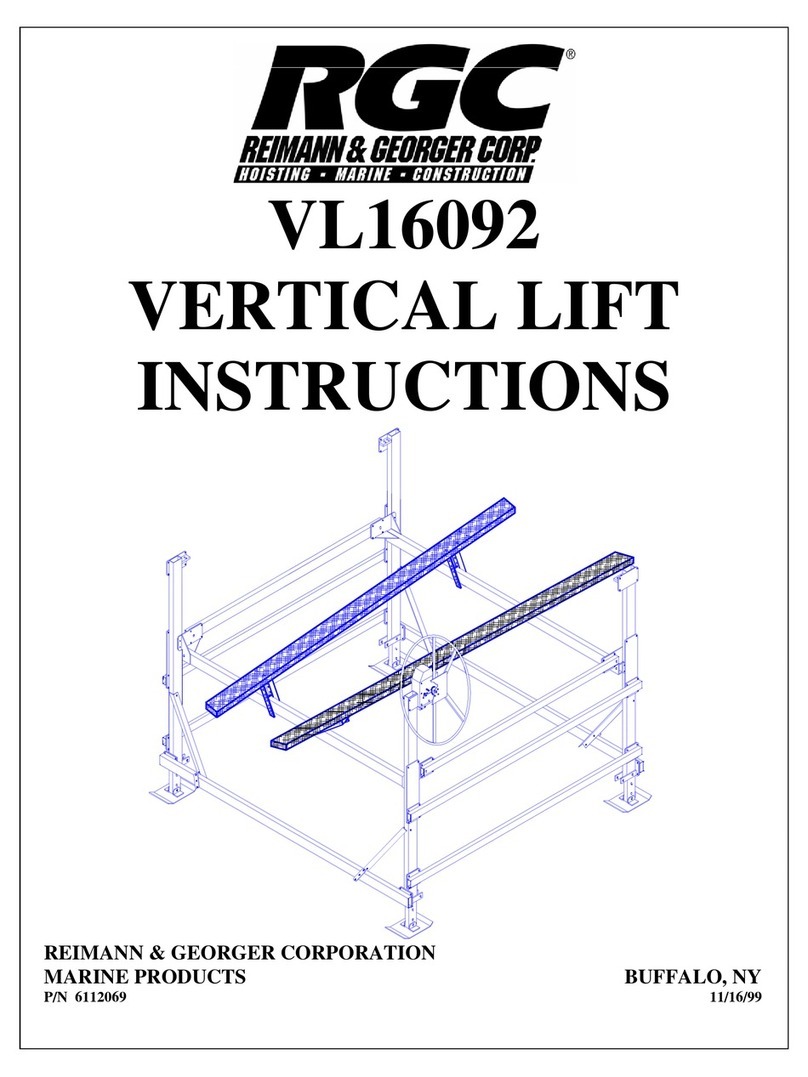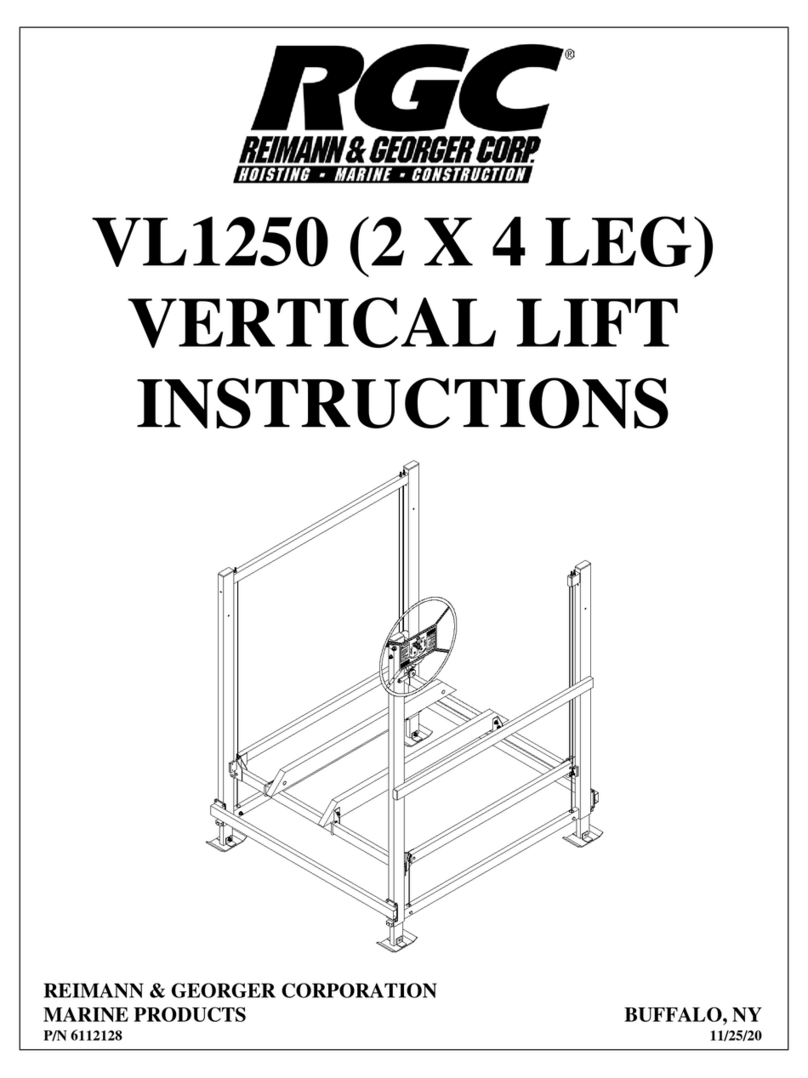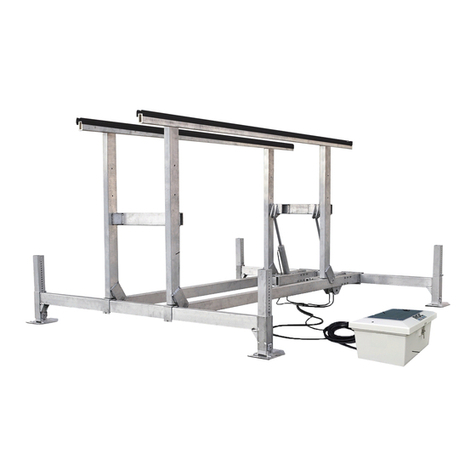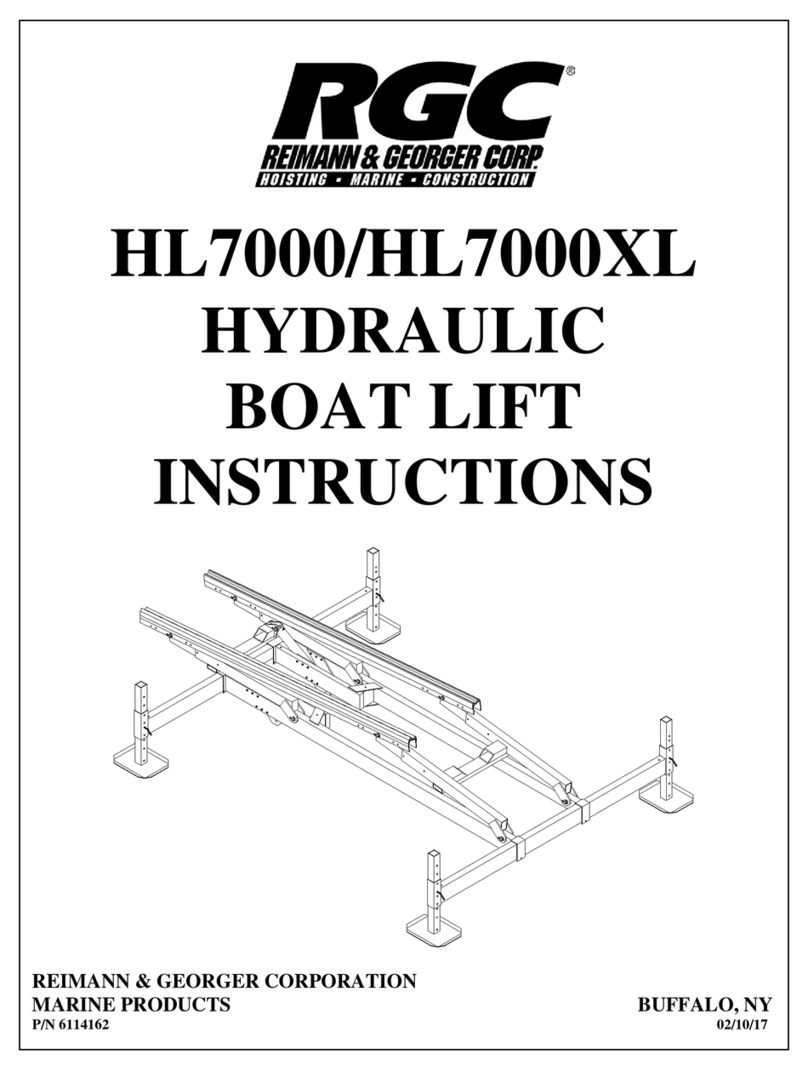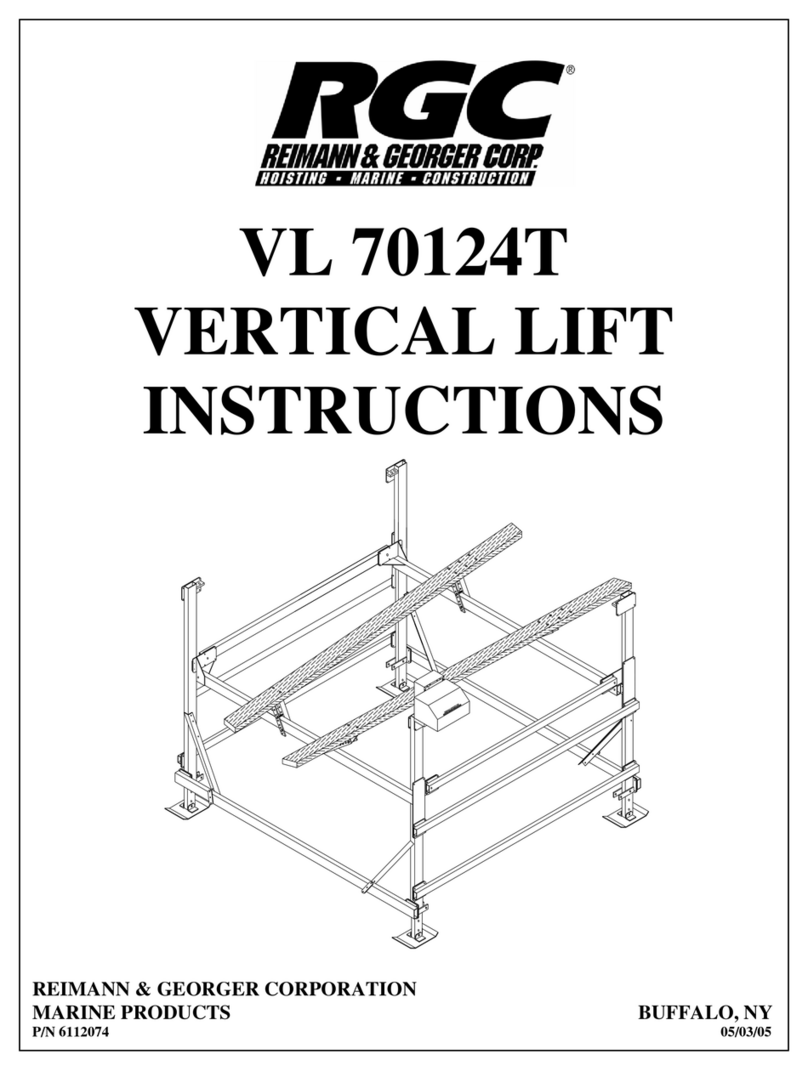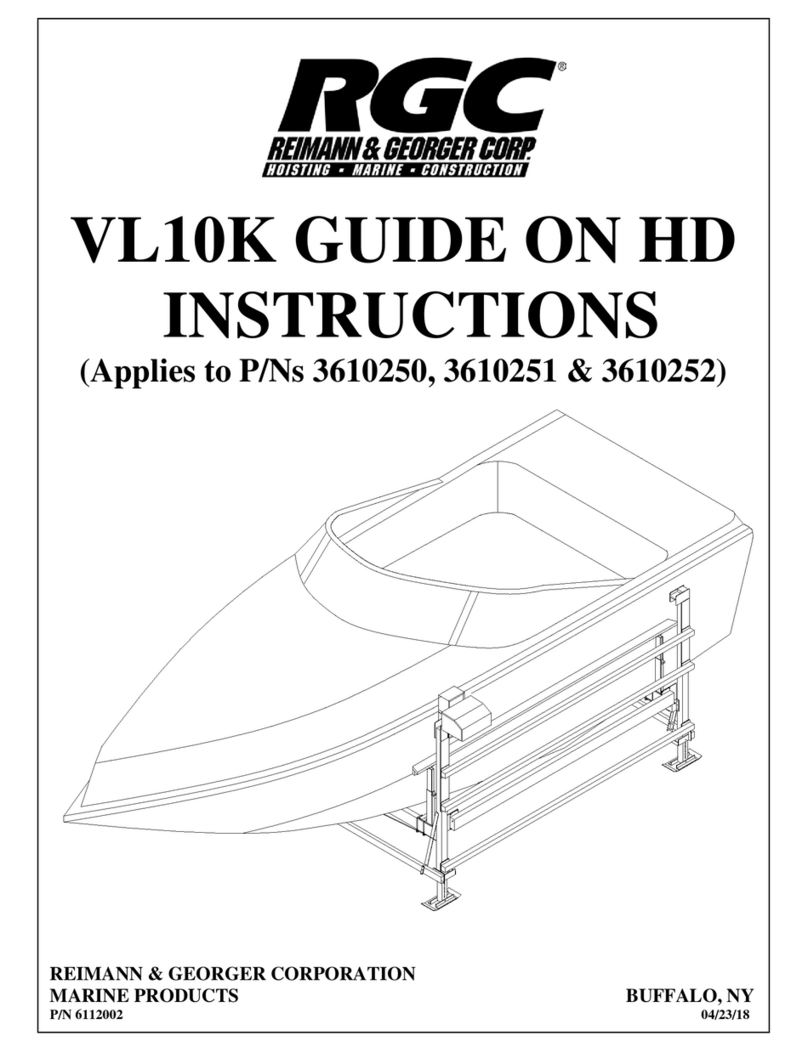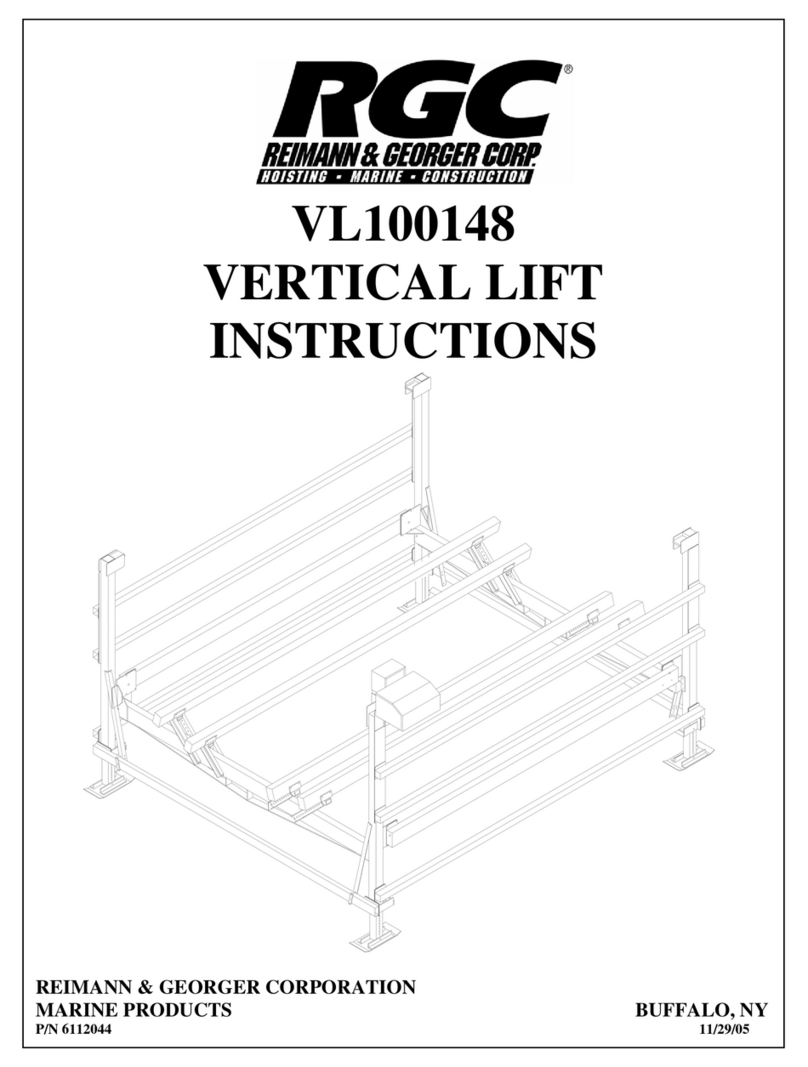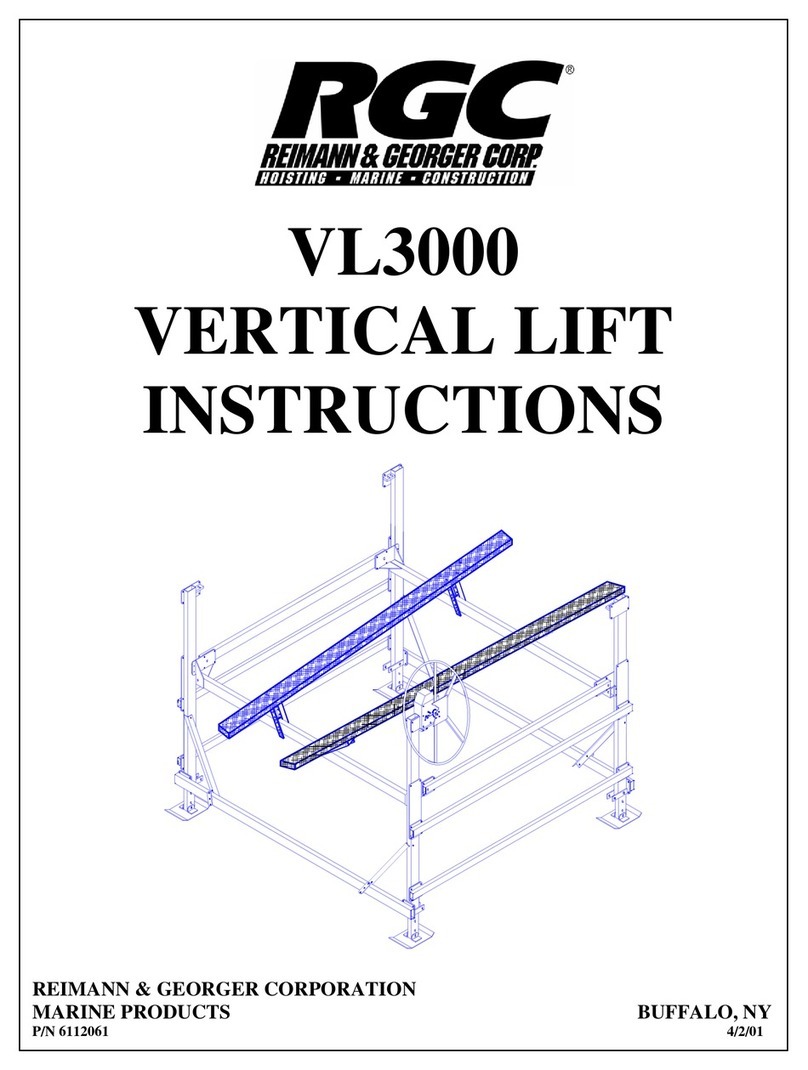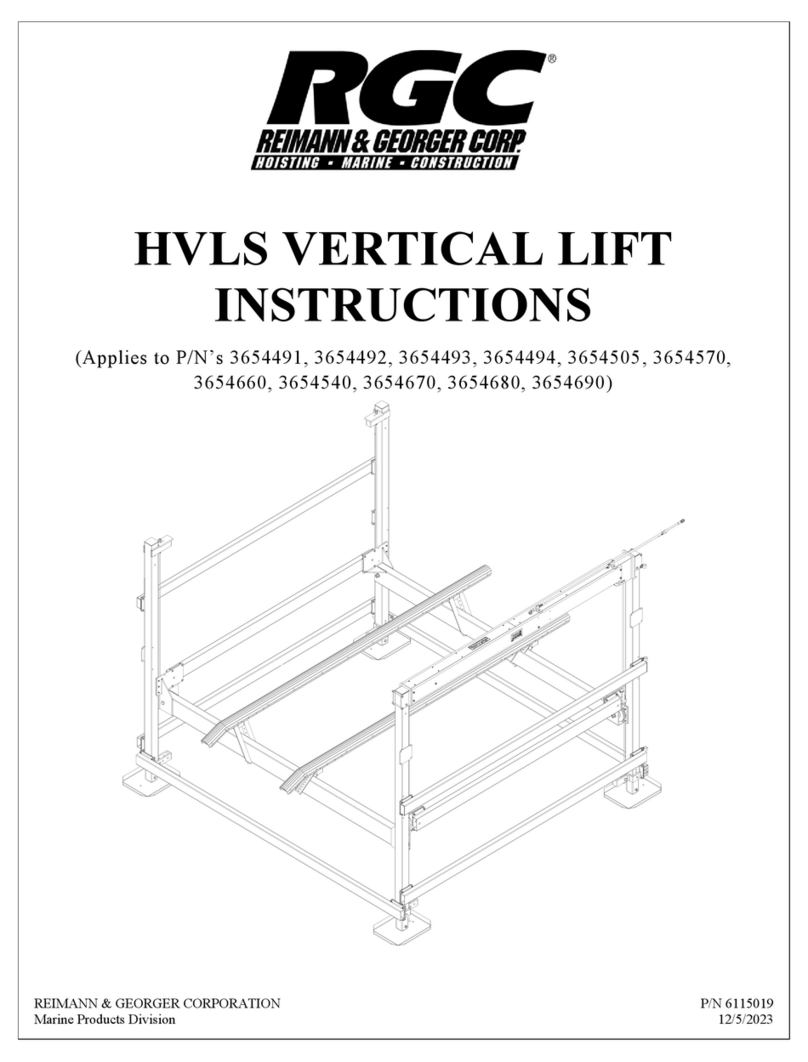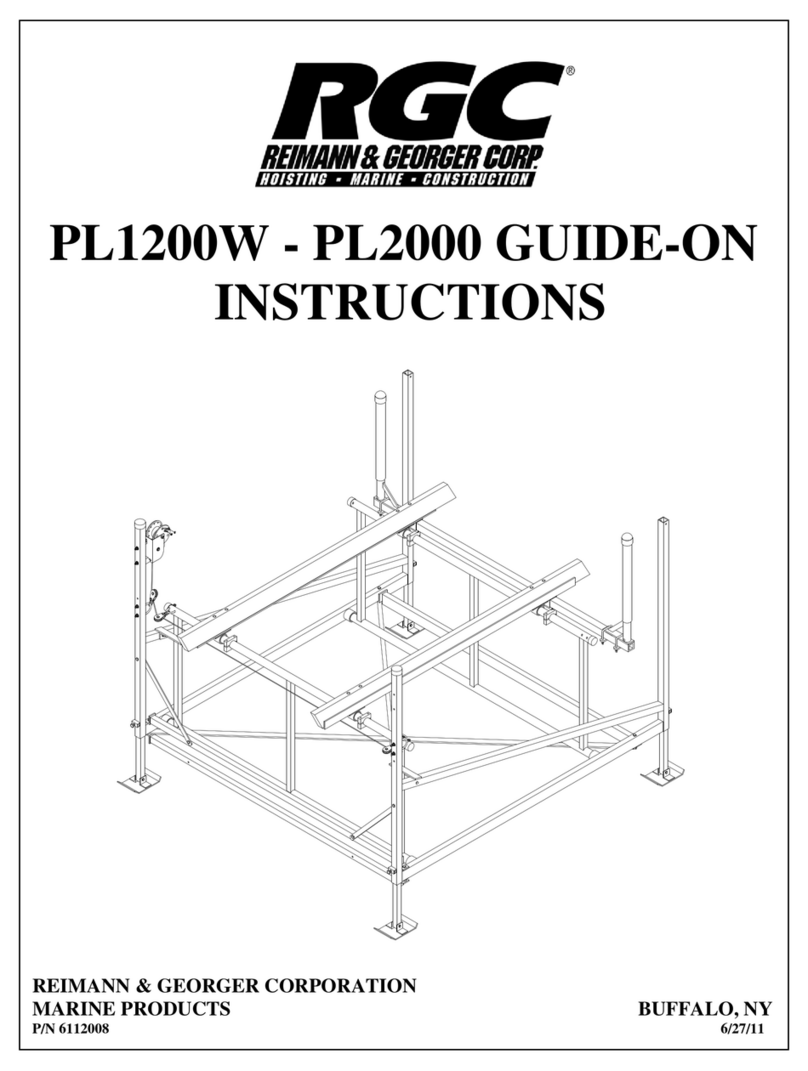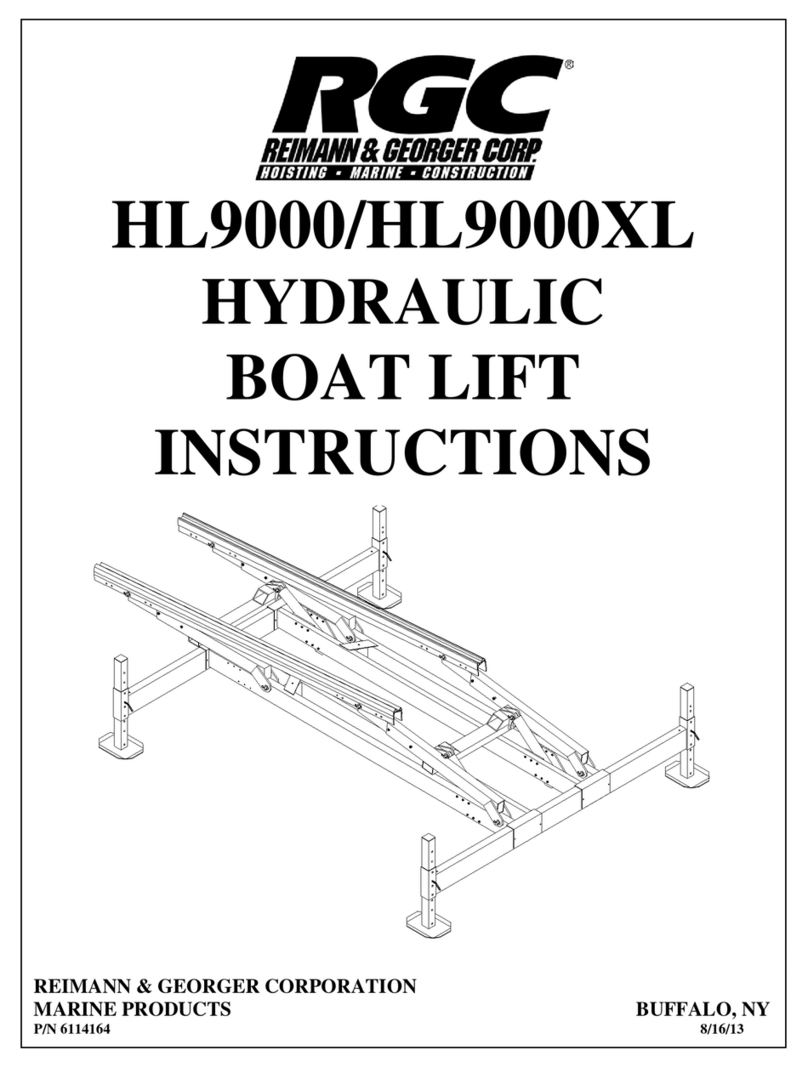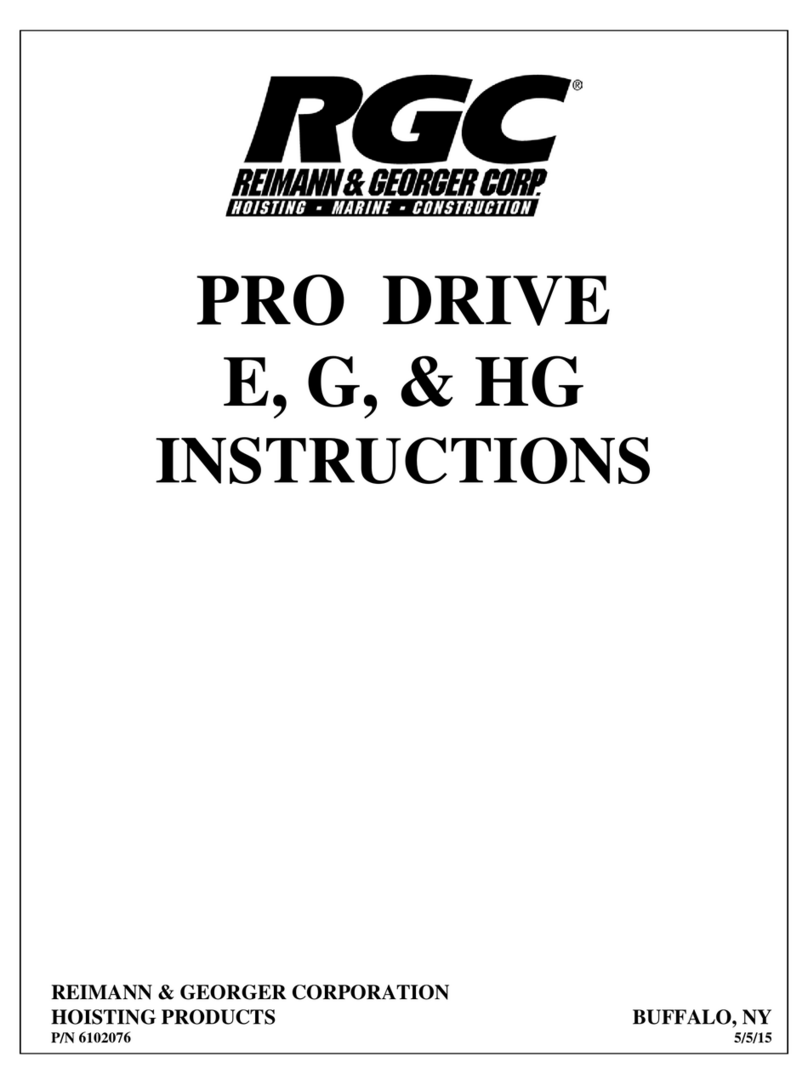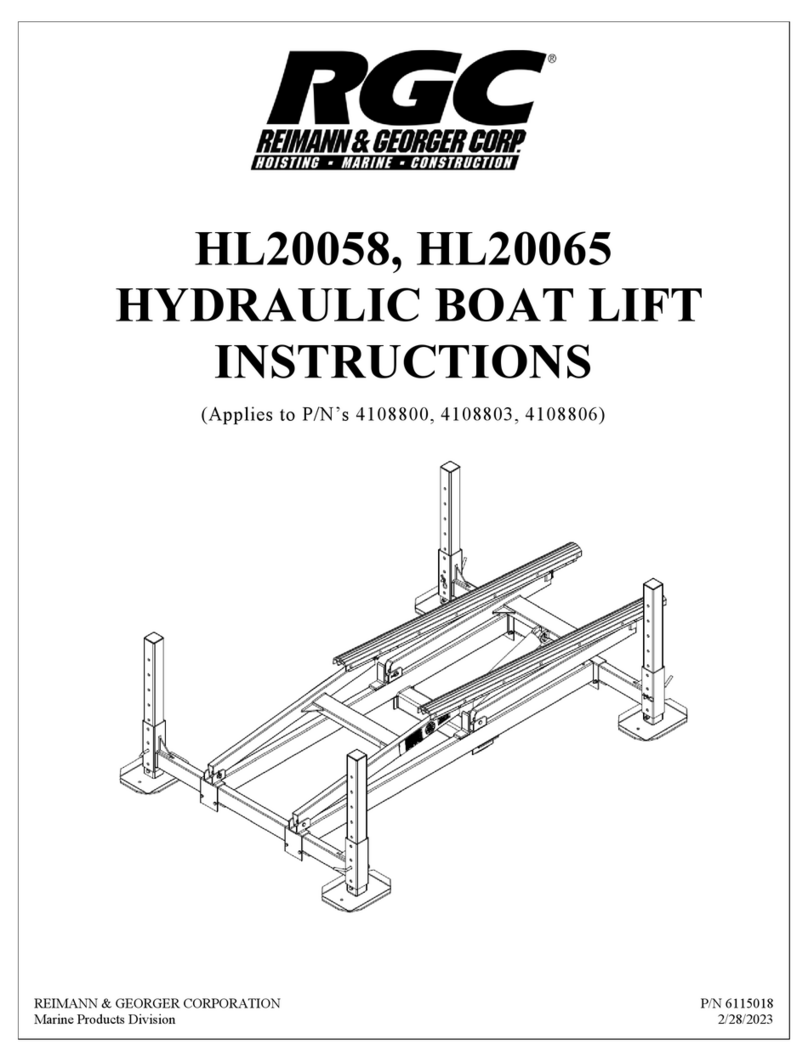
TABLE OF CONTENTS
CHAPTER TITLE PAGE
1 SAFETY ........................................................................................................................................ 1
2 SPECIFICATIONS ...................................................................................................................... 4
2.1 Technical Data ................................................................................................................................ 4
2.2 Nameplate and Serial Number Tag ................................................................................................. 4
2.3 Optional Equipment ........................................................................................................................ 5
3 INSTALLATION AND SETUP .................................................................................................. 6
3.1 Pre-Installation Checks ................................................................................................................... 6
3.2 Prior To Setup ................................................................................................................................ 7
3.3 Vertical Leg Assembly ................................................................................................................... 8
3.4 Frame Side Assembly ..................................................................................................................... 9
3.5 Platform Assembly......................................................................................................................... 10
3.6 Mounting The Platform To The Frame .......................................................................................... 11
3.7 Mounting The Lower Diagonal Braces .......................................................................................... 12
3.8 Platform Reeving And Adjustment ................................................................................................ 13
3.9 Winch/Handwheel Mounting – R18LT ......................................................................................... 14
3.10 Winch/Handwheel Mounting - Lorenz .......................................................................................... 15
3.11 Reeving the Winch......................................................................................................................... 16
3.12 Mounting Extreme Max to Lorenz Winch ..................................................................................... 18
3.13 Moving Lift To Operating Position ............................................................................................... 19
4 OPERATION ............................................................................................................................... 20
4.1 Before Operating the Lift ............................................................................................................... 20
4.2 Testing Winch Operation ............................................................................................................... 20
4.3 Raising and Lowering the Platform ............................................................................................... 21
4.4 Securing the Lift When not in Use ................................................................................................. 21
5 INSPECTION AND MAINTENANCE ..................................................................................... 22
5.1 General Maintenance Rules ........................................................................................................... 22
5.2 Wire Rope Inspection Procedure ................................................................................................... 22
5.3 Annual Inspection .......................................................................................................................... 23
5.4 Annual Winch Maintenance........................................................................................................... 23
5.5 Storage Procedure .......................................................................................................................... 24
6 TROUBLESHOOTING .............................................................................................................. 25
7 PARTS LISTS .............................................................................................................................. 27
7.1 Lifts ................................................................................................................................................ 27
7.2 Bundles .......................................................................................................................................... 28
7.3 Hardware ....................................................................................................................................... 29
7.4 Winch ............................................................................................................................................ 31
7.5 Handwheel Cartons ........................................................................................................................ 32
8 LIMITED PRODUCT WARRANTY ........................................................................................ 34
RGC MARINE PRODUCTS PHONE: 1-800-831-5438












